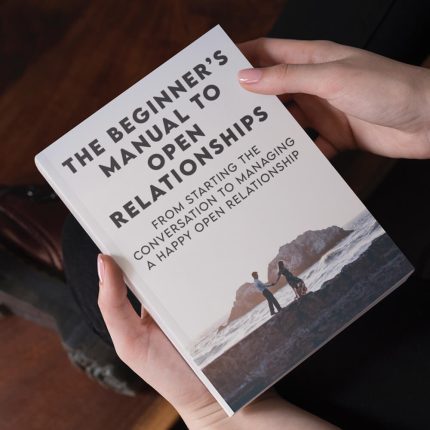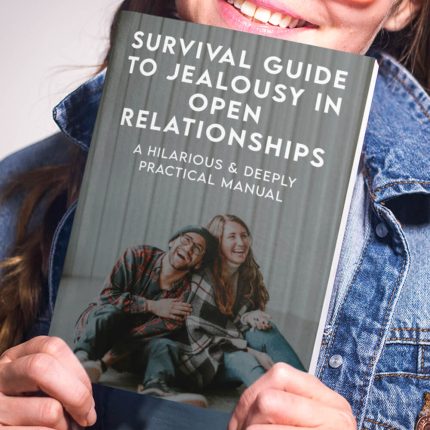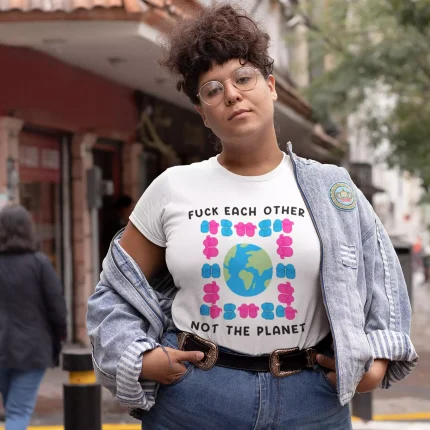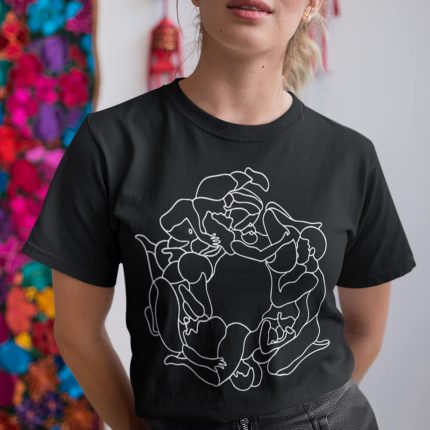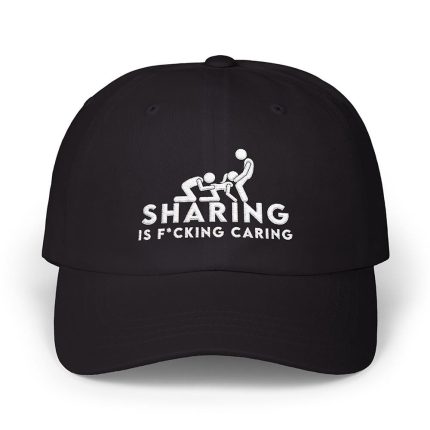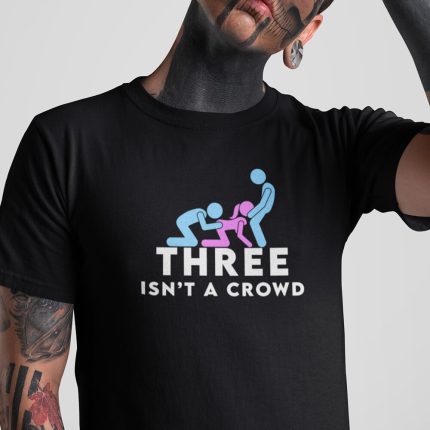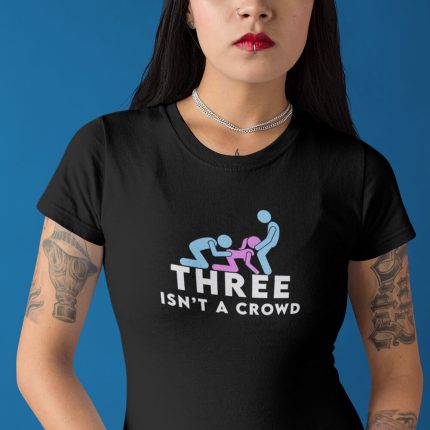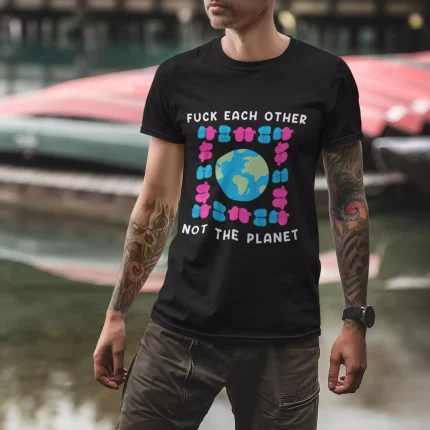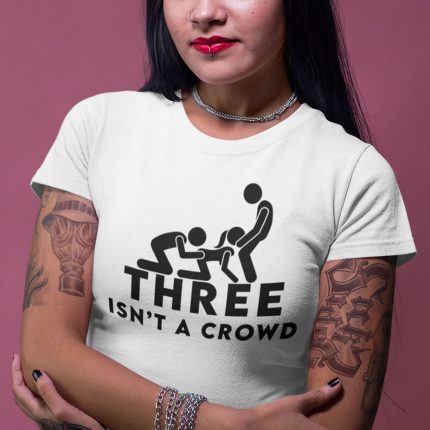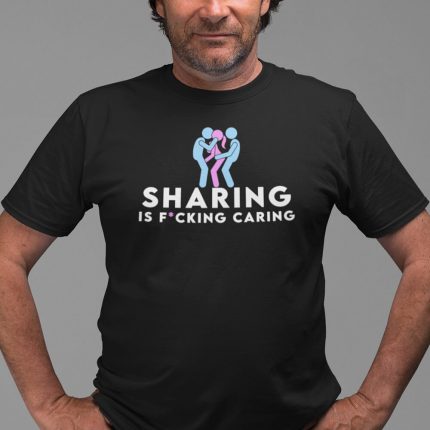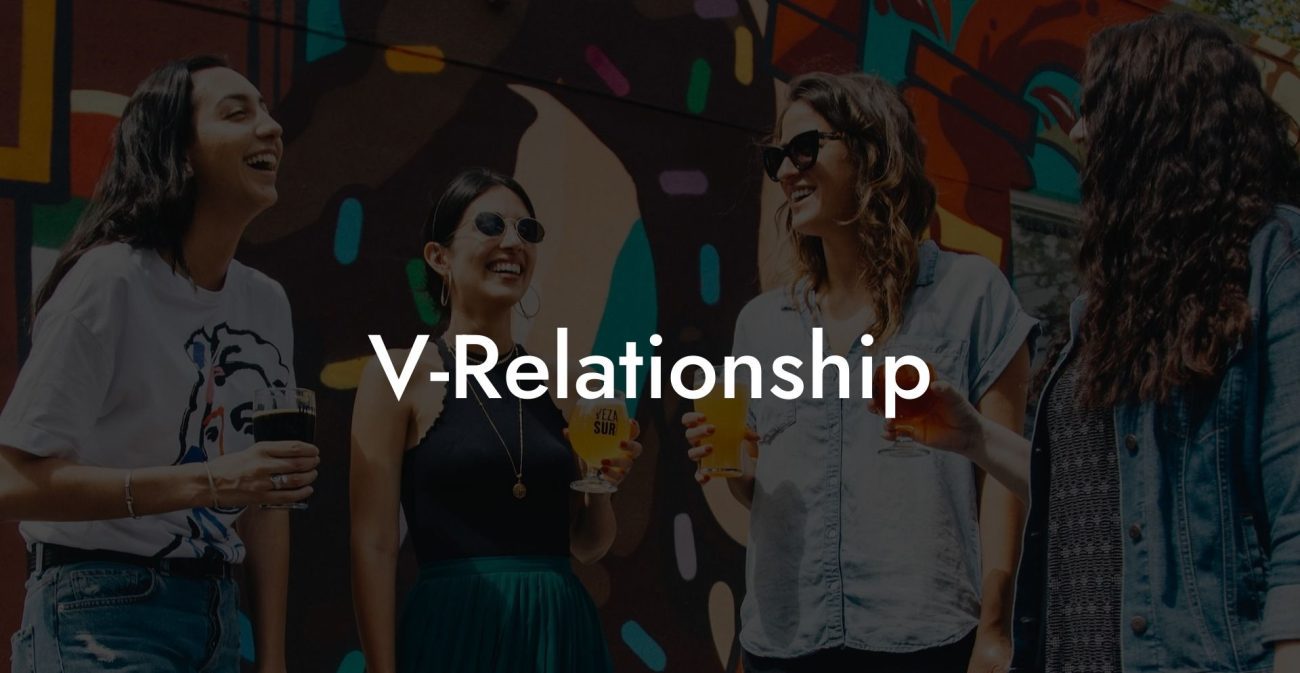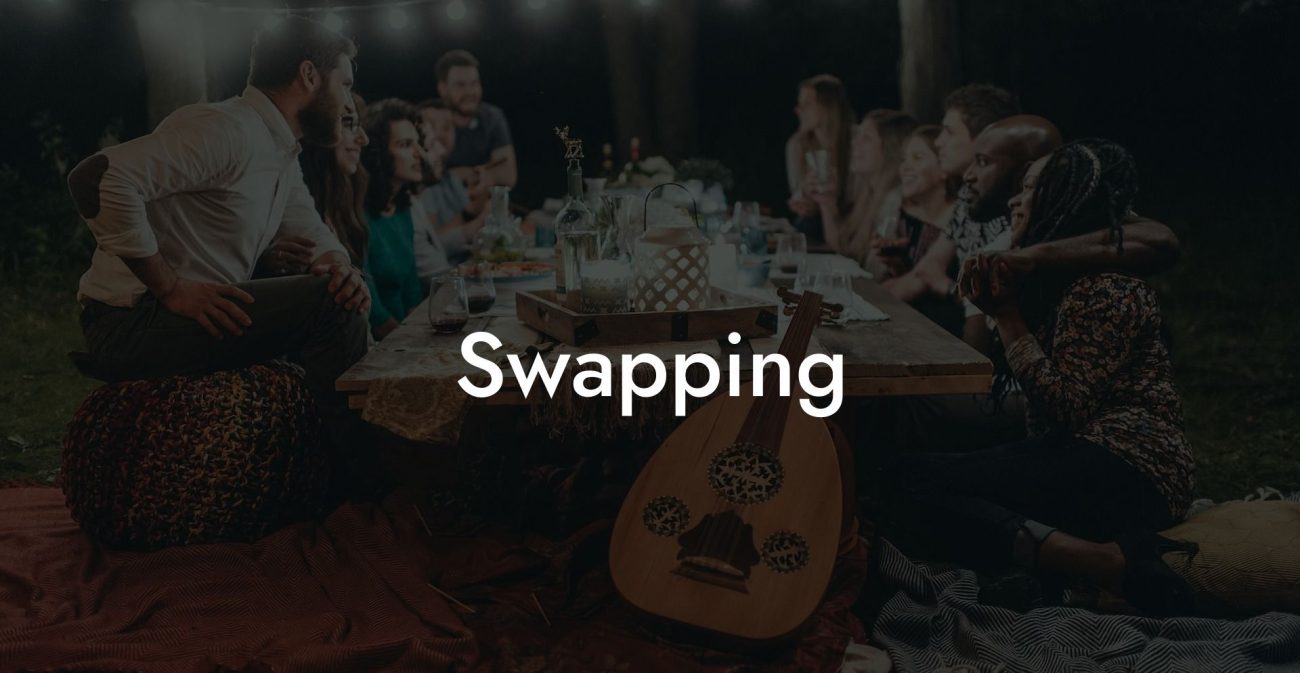Queerplatonic Relationship
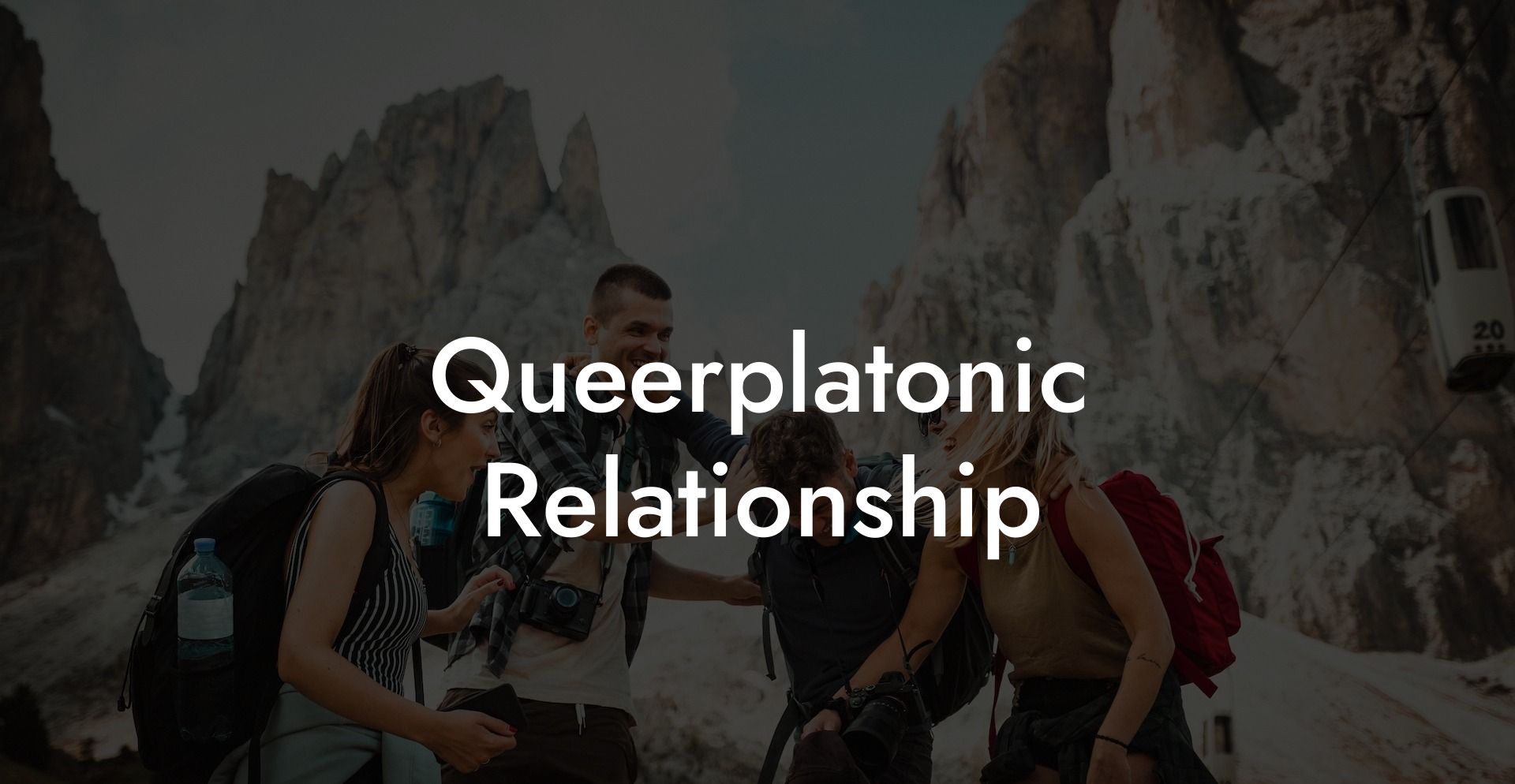
Picture a connection that defies the conventional labels of romance and friendship—a bond that transcends the typical boundaries of intimacy while remaining deeply profound and emotionally rich. Welcome to Queerplatonic Relationship, a term within ethical non monogamy that redefines what it means to form non-romantic, yet intensely meaningful, connections. In a queerplatonic relationship, love is not limited to the realms of conventional romance; instead, it embraces the full spectrum of human connection, where deep emotional intimacy and unwavering commitment coexist without the expectation of sexual or traditionally romantic engagement.
Have you ever wondered if monogamy is just a stupid little experiment? Open relationships, polyamory, relationship anarchy...find out which relationship dynamic suits you best with our one minute relationship test. See if you are just conforming to "societal norms". Reveal your truth >>
Quick Links to Useful Sections
- The Ethical Non Monogamy Term: Queerplatonic Relationship
- What Is a Queerplatonic Relationship?
- Core Principles of Queerplatonic Relationships
- Historical and Cultural Perspectives on Queerplatonic Relationships
- Origins and Evolution
- Cultural Shifts and Modern Understandings
- Everyday Dynamics of Queerplatonic Relationships
- Nurturing Deep Emotional Bonds
- Integrating Personal and Collective Growth
- Benefits of Embracing Queerplatonic Relationships
- Enhanced Emotional Depth and Security
- Increased Personal Empowerment and Growth
- Improved Communication and Conflict Resolution
- Broadened Perspectives on Love and Connection
- Challenges of Queerplatonic Relationships
- Managing Emotional Boundaries
- Dealing with External Misunderstandings
- Navigating Jealousy and Insecurity
- Maintaining Individual Autonomy
- Frequently Asked Questions (FAQ)
- Resources and Community Support: Your Next Steps
The Ethical Non Monogamy Term: Queerplatonic Relationship
What Is a Queerplatonic Relationship?
A queerplatonic relationship is a type of connection that blurs the lines between friendship and romance. It is characterized by an intense emotional bond, often involving deep commitment, shared experiences, and a desire for closeness that goes beyond what is typically found in platonic friendships. Unlike traditional romantic relationships, queerplatonic partnerships do not necessarily center on sexual intimacy or romantic gestures; rather, they focus on mutual care, trust, and the desire to form a lifelong, non-traditional kinship.
In the context of ethical non monogamy, queerplatonic relationships offer an inclusive, expansive approach to love. They validate the idea that meaningful connections can exist outside the boundaries of conventional romance, and they provide a framework for people who seek a profound sense of partnership without adhering to societal expectations of what love should look like.
Core Principles of Queerplatonic Relationships
- Deep Emotional Commitment: These relationships are built on a foundation of intense emotional closeness and a mutual desire for long-term, supportive partnership.
- Non-Sexual Intimacy: While sexual attraction may or may not be present, the emphasis is on creating a bond that is defined by emotional intimacy, shared experiences, and deep trust rather than sexual interaction.
- Mutual Support and Care: Queerplatonic partnerships prioritize caring for one another, offering emotional, practical, and sometimes even financial support, much like a chosen family.
- Flexible and Inclusive Boundaries: Relationships are continually renegotiated to meet the evolving needs of each individual, ensuring that boundaries are fluid and adapt to personal growth.
- Honest Communication: Open dialogue is essential for maintaining clarity, addressing challenges, and nurturing the bond between partners.
- Individuality and Autonomy: Each person in a queerplatonic relationship is encouraged to maintain their own identity and personal space, even as they share a deep connection with their partner.
- Shared Values and Vision: A strong queerplatonic bond is often reinforced by aligned values, common goals, and a shared vision for the future that transcends traditional romantic milestones.
Historical and Cultural Perspectives on Queerplatonic Relationships
Origins and Evolution
The term "queerplatonic" emerged within the polyamorous and LGBTQ+ communities as a way to describe relationships that defy the traditional binary of romance versus friendship. Historically, the dominant narratives around relationships were heavily influenced by monogamous and heteronormative ideals. These models often failed to capture the diverse ways in which people can experience deep, non-romantic love.
EXPLORE OUR ETHICAL NON-MONOGAMY & OPEN RELATIONSHIP SHOP
👨💻👩💻 Digital Store (Instant Download)
🍆💦 Clothing Store (Worldwide Delivery Available)
Fuck Each Other Not The Planet Unisex T-Shirt (White)
$29.99Multiple Lovers - Sharing Is Caring Unisex T-Shirt (Black)
$29.99Real Men Share Pop Art T-Shirt (Black)
$29.99Sharing Is Caring Daddy Cap (Black)
$39.99It's Not Cheating If He Watches T-Shirt (Black)
$29.99Three Isn't a Crowd Unisex T-Shirt (Black)
$29.99I Love Watching Pop Art T-Shirt (Black)
$29.99Fuck Each Other Not The Planet Unisex T-Shirt (Black)
$29.99Real Men Share Pop Art T-Shirt (White)
$29.99I Love Watching Pop Art T-Shirt (White)
$29.99Three Isn't a Crowd Unisex T-Shirt (White)
$29.99Sharing Is Caring Unisex T-Shirt (Black)
$29.99As social movements such as feminism, queer theory, and the sexual revolution gained momentum, individuals began to challenge conventional labels and explore new forms of connection. Early discussions around "platonic love" were expanded to recognize that emotional bonds can be as intense and meaningful as romantic ones, leading to the coining of the term "queerplatonic." This evolution represented a radical shift in understanding intimacy, one that validated the existence of profound, committed relationships that do not conform to mainstream romantic ideals.
Cultural Shifts and Modern Understandings
In today’s diverse social landscape, queerplatonic relationships are increasingly recognized and celebrated. With the rise of online communities, blogs, and podcasts focused on ethical non monogamy, more people are discovering that they can form deep, non-traditional bonds that fulfill their emotional needs. Millennials and Gen-Z, in particular, are drawn to relationship models that value authenticity, fluidity, and the freedom to define love on one’s own terms.
Modern cultural discourse now challenges the notion that romantic love is the only path to deep intimacy. Instead, queerplatonic relationships offer a framework for exploring connections that are just as committed and enriching as traditional partnerships, but with an emphasis on emotional closeness and mutual support rather than sexual or romantic obligation.
Everyday Dynamics of Queerplatonic Relationships
Nurturing Deep Emotional Bonds
In practical terms, a queerplatonic relationship involves a series of intentional practices aimed at fostering deep emotional connection and mutual care. These may include:
- Regular Check-Ins: Set aside time for thoughtful conversations where both partners can share their feelings, discuss challenges, and celebrate successes. These check-ins help keep the connection vibrant and aligned.
- Shared Activities: Engage in activities that build trust and intimacy, such as cooking together, engaging in creative projects, or participating in community events. These shared experiences lay the foundation for a lasting bond.
- Emotional Journaling: Maintain individual or shared journals to reflect on your personal growth and the evolution of your relationship. This practice not only aids self-awareness but also provides a record of your collective journey.
- Boundaries and Flexibility: Continually discuss and adjust your boundaries to ensure that both partners feel respected and supported, recognizing that these limits may evolve over time.
Integrating Personal and Collective Growth
A key aspect of queerplatonic relationships is the balance between individual autonomy and the strength of the shared bond. While each person is encouraged to pursue their own interests and maintain their personal space, they also contribute to the relationship in meaningful ways.
- Individual Self-Care: Prioritize activities that promote your well-being and personal growth, ensuring that you bring your best self to the relationship.
- Collaborative Decision-Making: Involve each other in important decisions, from day-to-day choices to long-term plans, fostering a sense of shared responsibility and mutual respect.
- Supportive Networks: Build a broader support network that may include friends, mentors, or community groups. This external support enriches your queerplatonic bond and provides additional resources for emotional care.
Benefits of Embracing Queerplatonic Relationships
Enhanced Emotional Depth and Security
By redefining intimacy outside of conventional romantic boundaries, queerplatonic relationships allow for a deeper, more secure emotional connection. Without the pressure of sexual or romantic expectations, these bonds can develop organically and authentically.
- Deep Trust: The emphasis on open communication and mutual care fosters an environment where trust can flourish, making both partners feel safe to be vulnerable.
- Emotional Stability: Consistent support and regular check-ins contribute to a steady, reliable foundation that helps manage life’s ups and downs.
Increased Personal Empowerment and Growth
Queerplatonic relationships encourage you to explore your emotional self without the constraints of traditional romantic expectations. This freedom can lead to significant personal growth and a clearer understanding of your needs and desires.
- Self-Discovery: The process of building and maintaining a queerplatonic bond often involves deep self-reflection, helping you uncover your true passions and vulnerabilities.
- Empowerment Through Autonomy: Maintaining your individuality within a supportive partnership boosts your self-confidence and empowers you to pursue your personal goals.
Improved Communication and Conflict Resolution
The foundation of any strong queerplatonic relationship is open, honest communication. By engaging in regular dialogue, you can address potential issues early and work collaboratively to resolve conflicts.
- Proactive Dialogue: Regular conversations about boundaries, needs, and emotions help prevent misunderstandings and build a culture of mutual support.
- Constructive Feedback: An environment that encourages honest feedback fosters empathy and ensures that conflicts are resolved in a healthy, constructive manner.
Broadened Perspectives on Love and Connection
Embracing queerplatonic relationships challenges conventional ideas of love and encourages you to see the full spectrum of human connection. This broadened perspective not only enriches your emotional life but also fosters a more inclusive, diverse understanding of intimacy.
- Diverse Insights: Interacting with a partner who is committed to a non-traditional form of intimacy can open your eyes to new ways of thinking about love, leading to increased empathy and cultural awareness.
- Expanded Support Network: Queerplatonic relationships often become a part of a larger community of like-minded individuals, enhancing your overall support system and contributing to collective well-being.
Challenges of Queerplatonic Relationships
Managing Emotional Boundaries
One of the challenges of maintaining a queerplatonic relationship is establishing and managing emotional boundaries. Without the clear-cut markers of traditional romance, it can be difficult to know where one connection ends and another begins.
- Tip: Engage in ongoing conversations about boundaries and regularly revisit your agreements to ensure they reflect your current needs.
- Tip: Use “I” statements and reflective listening to communicate your feelings clearly and empathetically.
Dealing with External Misunderstandings
Queerplatonic relationships can sometimes be misunderstood by those who adhere to conventional ideas of romance and friendship. External judgment or lack of awareness about this type of connection may lead to feelings of isolation or frustration.
- Tip: Educate those around you about the nature of queerplatonic relationships, if you feel comfortable doing so.
- Tip: Surround yourself with supportive communities that understand and celebrate diverse forms of love.
Navigating Jealousy and Insecurity
Despite the non-romantic nature of queerplatonic relationships, feelings of jealousy or insecurity can still arise—especially in situations where boundaries overlap with romantic or sexual partners.
- Tip: Address these emotions through honest self-reflection and open dialogue with all parties involved.
- Tip: Consider seeking support from a therapist or counselor experienced in non-traditional relationship dynamics if jealousy becomes overwhelming.
Maintaining Individual Autonomy
Balancing the intense connection of a queerplatonic relationship with your need for independence can be challenging. It is essential to preserve your personal space while also contributing meaningfully to the bond.
- Tip: Clearly define your individual goals and boundaries, and communicate them openly with your partner.
- Tip: Regularly engage in activities that nurture your personal growth and well-being, ensuring that you remain whole even within the relationship.
Frequently Asked Questions (FAQ)
1. What is a queerplatonic relationship?
A queerplatonic relationship is a deep, committed connection that transcends traditional romantic and platonic boundaries. It is characterized by intense emotional intimacy, mutual care, and a long-term commitment without necessarily involving sexual or traditionally romantic elements.
2. How does a queerplatonic relationship differ from friendship?
While both friendships and queerplatonic relationships involve close emotional bonds, queerplatonic relationships are marked by a level of commitment and intensity that goes beyond casual friendship. They often involve a shared understanding of being “chosen family,” with an emphasis on lifelong support and deep, ongoing care.
3. Can a queerplatonic relationship include romantic or sexual elements?
Yes, queerplatonic relationships are highly flexible and can include romantic or sexual elements if all parties are comfortable with them. However, the core of a queerplatonic bond is the emotional and supportive connection, not necessarily the sexual or romantic aspect.
4. How do I establish boundaries in a queerplatonic relationship?
Establishing boundaries involves open, honest communication about your needs, expectations, and comfort levels. Regular check-ins and discussions about any changes in your emotional landscape are key to maintaining healthy boundaries.
5. What are the benefits of a queerplatonic relationship?
Benefits include deep emotional security, a strong support system, enhanced self-awareness, and the opportunity to experience a form of intimacy that is both flexible and profoundly meaningful.
6. What challenges might arise in a queerplatonic relationship?
Challenges can include managing emotional boundaries, dealing with external misunderstandings, navigating jealousy or insecurity, and balancing individual autonomy with the intensity of the connection.
7. How important is communication in a queerplatonic relationship?
Communication is essential—it ensures that both partners feel heard, respected, and understood, and it is critical for negotiating boundaries and resolving conflicts constructively.
8. Can queerplatonic relationships exist alongside romantic relationships?
Absolutely. Many people have both queerplatonic and romantic relationships. Each type of relationship offers unique benefits, and they can coexist harmoniously as part of a broader network of emotional connections.
9. How do adaptive boundaries function in a queerplatonic relationship?
Adaptive boundaries allow you to adjust your limits as your emotional needs and circumstances evolve. Regular discussions about these boundaries ensure that both partners remain aligned and that the relationship continues to support each individual’s growth.
10. What role does self-reflection play in queerplatonic relationships?
Self-reflection is vital—it helps you understand your own emotional needs, track your personal growth, and ensure that your contributions to the relationship remain authentic and fulfilling.
11. How do shared experiences enhance a queerplatonic bond?
Shared experiences create a rich tapestry of memories and deepen the connection between partners. They reinforce the sense of being chosen family and contribute to the overall emotional security of the relationship.
12. Where can I find additional resources on queerplatonic relationships?
Additional resources include books like The Ethical Slut by Dossie Easton & Janet Hardy, podcasts such as Multiamory, and online communities like r/polyamory that explore diverse forms of intimacy.
Resources and Community Support: Your Next Steps
- The Ethical Slut by Dossie Easton & Janet Hardy – A foundational resource that explores ethical non monogamy and provides practical guidance on building deep, meaningful connections.
- Podcasts: Listen to Multiamory and related shows for insights, personal stories, and expert advice on navigating queerplatonic relationships.
- Online Communities: Join forums like r/polyamory to connect with others, share experiences, and gain support on your journey.
- Workshops and Webinars: Attend events on relationship dynamics, ethical non monogamy, and open communication to deepen your understanding and expand your network.
- Therapy and Counseling: Consider professional guidance if you need help managing complex emotions or navigating the challenges of non-traditional intimacy.
By engaging with these resources and applying the strategies outlined in this guide, you can fully embrace a queerplatonic relationship as a profound and enriching form of connection. Celebrate the unique depth of your bond, nurture the mutual support that defines your chosen kinship, and let your relationship flourish as a vibrant part of your overall emotional mosaic.
EXPLORE OUR ETHICAL NON-MONOGAMY & OPEN RELATIONSHIP SHOP
👨💻👩💻 Digital Store (Instant Download)
🍆💦 Clothing Store (Worldwide Delivery Available)
Multiple Lovers - Sharing Is Caring Unisex T-Shirt (Black)
$29.99Real Men Share Pop Art T-Shirt (White)
$29.99Fuck Each Other Not The Planet Unisex T-Shirt (Black)
$29.99It's Not Cheating If He Watches T-Shirt (Black)
$29.99I Love Watching Pop Art T-Shirt (White)
$29.99Sharing Is Caring Unisex T-Shirt (Black)
$29.99Three Isn't a Crowd Unisex T-Shirt (White)
$29.99Fuck Each Other Not The Planet Unisex T-Shirt (White)
$29.99I Love Watching Pop Art T-Shirt (Black)
$29.99Sharing Is Caring Daddy Cap (Black)
$39.99Three Isn't a Crowd Unisex T-Shirt (Black)
$29.99Real Men Share Pop Art T-Shirt (Black)
$29.99Lost & confused by all of the terms, types and seemingly made up 3 letter acronyms?? We've got you. Check out our Ethnical Non-Monogamy Dictionary >>
Useful Interruption: Not sure which relationship vibe fits you best? Take our Relationship Test, it’ll give you the real insight into your natural relationship style. Then, dive into our binge-worthy guides (from the tried-and-true to the “wait, that’s a thing?”) and find the perfect relationship type for your life:
- Monogamy
- Open Relationships
- Ethical Non-Monogamy
- Solo Polyamory
- Non-Hierarchical Polyamory
- Hierarchical Polyamory
- Relationship Anarchy
- Swinging
Now back to the main article but yeah take the test...

